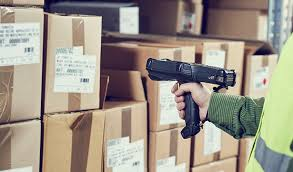Cycle counting, if implemented well, can eliminate the end-of-year inventory adjustments that some businesses find themselves landed with. And by providing accurate and timely information on inventory levels, it can deliver savings and improve efficiency. This is particularly useful when you are storing items in a Warehouse Space London way such as http://uplands-e17.co.uk/. It is one of the best ways to ensure you keep on top of your stock levels and ultimately your profits.
The benefits don’t only accrue to the company implementing cycle counting. Because the company now has better demand management, and is less likely to run short of inventory, their place in the supply chain of other companies becomes much less of a risk for those third parties. Thus, they may attract extra business from companies looking for reliability in their supply chain.
In a recent article, Industry Week described some of the benefits. These include better inventory management and earlier warning of significant issues.
One of the advantages of cycle counting is that it does away with, or greatly reduces, the end of year stocktake, so beloved of employees clutching overtime claim forms. Done regularly, cycle counting can give management much more accurate information about inventory levels, and can even help in identifying theft or other problems in the warehouse. In Ireland bin racks are often used to help with the count process.
So how do you design an efficient cycle count system?
Timing and coverage
Make sure that everything gets counted at least annually. Then decide on categories – most frequently counted, medium count frequency, and least often counted. Give each category a name – A, B, C is popular and simple. Then assign items into the categories, and decide on the counting cycle for each category.
Ensure that your count cycle can’t be overridden by managers, if they are finding it difficult to count a particular item, or to carry out a count on a particular day. Once the schedule is disrupted in this way, the results begin to be less accurate.
Training for staff
Give the staff any equipment that will help them count, such as storage boxes to place items in or trolleys as well as any electronic counting scanners.
It’s also important to train staff in the new way of doing things, and to give them adequate instructions and documentation, in a form they find easy to follow. Give guidance on what to do if issues arise, and make sure that staff document any departures from procedure that have taken place during the count.
